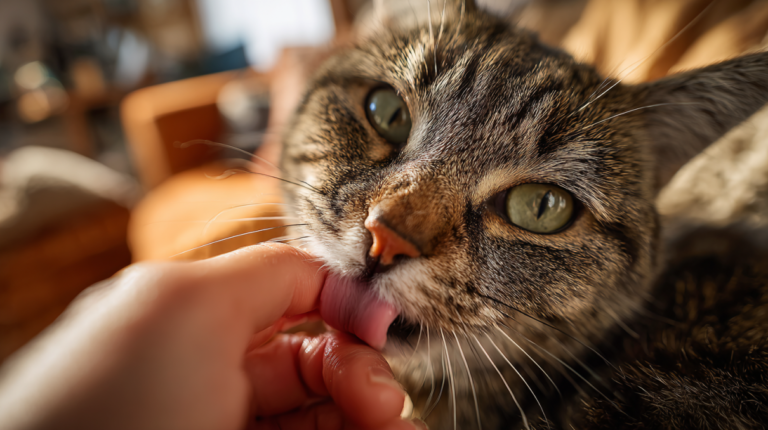Learn how to stop bird biting with 3 gentle, proven techniques. Expert tips for reducing aggressive behavior in pet birds through positive training and environmental management.
Table of Contents
Bird biting is one of the most challenging behaviors pet bird owners face, affecting nearly 80% of parrot owners according to the Association of Avian Veterinarians. Whether you’re dealing with a newly adopted rescue bird or a long-time feathered companion who’s developed aggressive tendencies, learning how to stop bird biting is essential for maintaining a healthy relationship with your pet. The good news is that with patience, understanding, and the right techniques, you can transform your bird’s behavior and create a more harmonious household.
Understanding why birds bite is the first step toward addressing this behavior. Unlike dogs or cats, birds use their beaks as tools for exploration, communication, and protection. When a bird bites, it’s often trying to communicate something important – fear, territorial behavior, hormonal changes, or simply the need for boundaries. By implementing gentle, science-based training methods, you can effectively reduce biting incidents while strengthening your bond with your feathered friend.
Understanding Why Birds Bite: The Foundation of Behavioral Change

Before diving into specific techniques for how to stop bird biting, it’s crucial to understand the underlying reasons behind this behavior. Birds are complex creatures with rich emotional lives, and biting is rarely random aggression.
Common Triggers for Bird Biting
Fear and Stress Responses Birds are prey animals by nature, making them hypervigilant to potential threats. A study published in Applied Animal Behaviour Science found that 65% of bird biting incidents occur when the bird perceives a threat in their environment. This could be sudden movements, unfamiliar people, loud noises, or changes in their routine.
Territorial Behavior Many bird species are naturally territorial, especially during breeding season. Your bird may bite to protect their cage, favorite perch, or even their preferred human. This behavior is particularly common in larger parrot species like macaws and cockatoos.
Hormonal Fluctuations Seasonal hormonal changes can significantly impact bird behavior. During breeding season, typically spring and early summer, birds may become more aggressive and prone to biting. This is a natural biological response that requires patience and adjusted handling techniques.
Communication Attempts Birds use their beaks to communicate various needs – hunger, boredom, desire for attention, or the need to return to their cage. What we perceive as aggressive biting might actually be your bird’s way of saying “I need something.”
Physical Discomfort and Health Issues
Sometimes biting behavior indicates underlying health problems. Birds are masters at hiding illness, so sudden changes in behavior, including increased biting, warrant a veterinary examination. Common health-related causes include:
- Nutritional deficiencies
- Hormonal imbalances
- Pain from injury or arthritis
- Sleep deprivation
- Environmental stressors
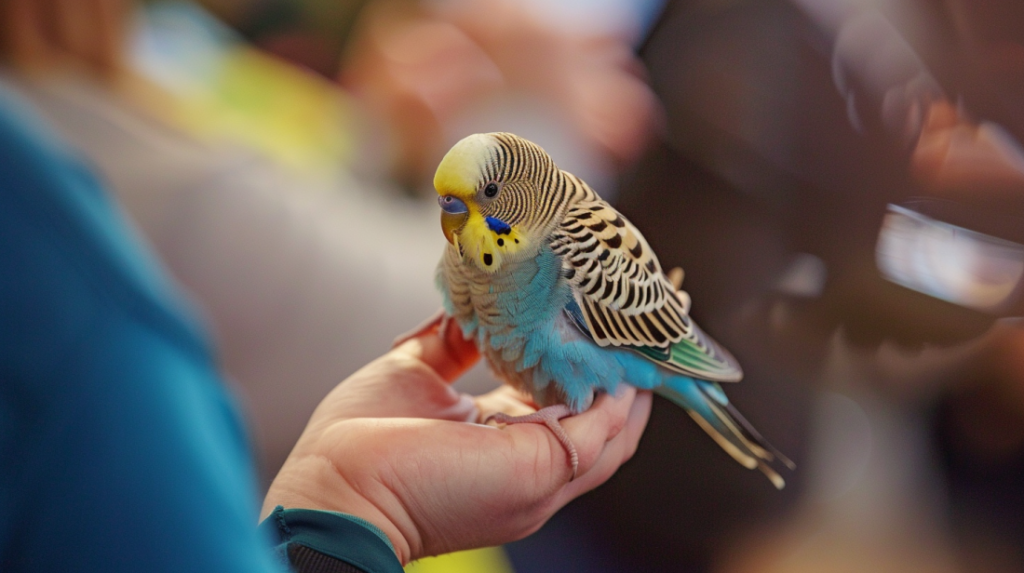
The Three Gentle Tricks for How to Stop Bird Biting
Now that we understand the why behind bird biting, let’s explore three proven, gentle techniques that can dramatically reduce aggressive behavior while maintaining your bird’s trust and well-being.
Trick #1: The “Step-Up” Redirection Technique
The step-up command is fundamental to bird training and serves as an excellent foundation for addressing biting behavior. This technique works by redirecting your bird’s attention and energy into a positive, structured interaction.
Implementation Steps:
- Start with neutral positioning: Approach your bird calmly when they’re relaxed, not during high-energy or agitated moments.
- Use the proper hand position: Present your hand or a wooden perch at chest level to your bird, just above their feet. Avoid approaching from above, which can trigger fear responses.
- Verbal cue consistency: Use the same phrase every time – “step up” – in a calm, confident tone. Consistency is key for birds to understand and respond to commands.
- Positive reinforcement: When your bird steps up without biting, immediately reward them with verbal praise, gentle head scratches (if they enjoy them), or a small healthy treat.
- Gradual exposure: If your bird is prone to biting during step-up, start by simply presenting your hand without expecting them to step up. Reward calm behavior around your hand.
Success Metrics: According to avian behaviorist Dr. Susan Friedman, birds trained with positive reinforcement techniques show a 90% improvement in cooperative behavior within 2-3 weeks of consistent training.
Trick #2: Environmental Management and Enrichment
Creating an environment that reduces stress and provides mental stimulation is crucial for preventing biting behavior. This approach addresses the root causes rather than just the symptoms.
Key Environmental Modifications:
Cage Placement and Setup
- Position the cage at eye level or slightly higher to give your bird a sense of security
- Ensure one side of the cage is against a wall to provide a “safe” retreat space
- Maintain consistent lighting schedules that mirror natural daylight patterns
- Keep the cage away from high-traffic areas during your bird’s established rest periods
Enrichment Activities Mental stimulation is essential for preventing boredom-related behavioral issues. Dr. Christopher Goodman from the University of California Davis School of Veterinary Medicine recommends at least 2-3 hours of varied enrichment activities daily.
Effective enrichment includes:
- Foraging toys that encourage natural feeding behaviors
- Puzzle feeders that make mealtime engaging
- Rotating toy selection weekly to maintain novelty
- Safe branches and perches of varying textures and diameters
- Social interaction time outside the cage in a bird-safe room
Routine Establishment Birds thrive on predictable routines. Establishing consistent daily schedules for feeding, interaction, and rest can significantly reduce stress-related biting. A study in the Journal of Applied Animal Welfare Science showed that birds with established routines displayed 40% fewer aggressive behaviors compared to those with irregular schedules.
Trick #3: The “Ladder Method” for Trust Building
The ladder method is a systematic approach to rebuilding trust with birds who have developed biting habits. This technique gradually increases positive interactions while minimizing opportunities for negative encounters.
The Five-Rung Ladder Approach:
Rung 1: Passive Presence Spend time near your bird’s cage without direct interaction. Read, work on your laptop, or engage in quiet activities within their line of sight. This helps your bird become comfortable with your presence without pressure.
Rung 2: Verbal Interaction Begin talking to your bird in calm, soothing tones. Share your daily activities, sing softly, or read aloud. Many birds enjoy being part of the “flock conversation” without physical demands.
Rung 3: Food-Based Positive Association Offer treats through the cage bars or in a dish during your presence. Use high-value rewards like sunflower seeds, millet, or your bird’s favorite healthy treats. Never force interaction – let your bird approach the treats voluntarily.
Rung 4: Short, Low-Pressure Interactions Once your bird is comfortable with your presence and associates you with positive experiences, begin brief training sessions focused on simple commands like “step up” with a wooden stick or perch rather than your hand.
Rung 5: Direct Physical Interaction Only after consistent success with the previous rungs should you attempt direct hand interactions. Start with brief moments and gradually increase duration based on your bird’s comfort level.
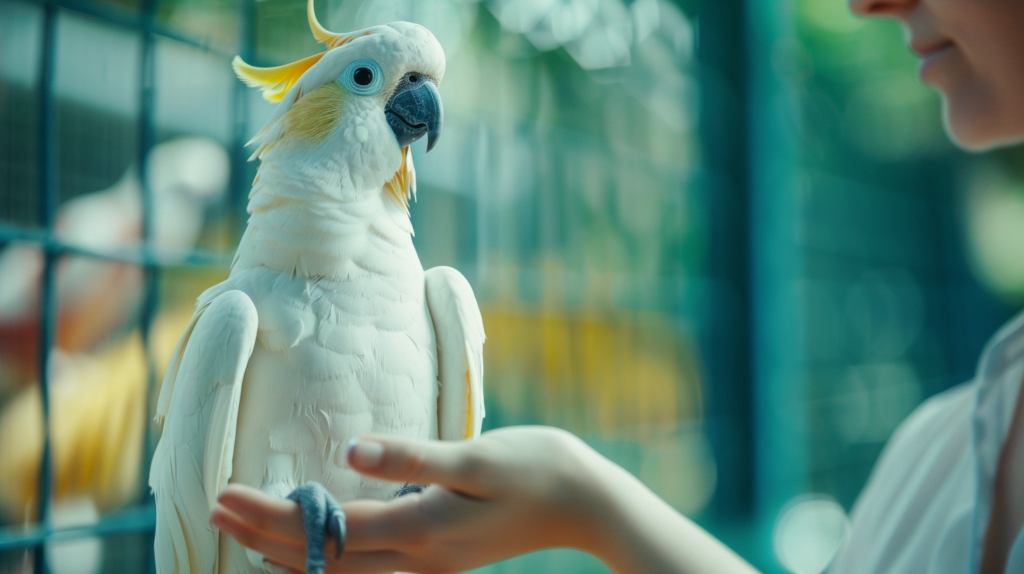
Advanced Strategies for Persistent Biting Issues
Some birds require additional interventions beyond basic training techniques. These advanced strategies should be implemented alongside the three primary tricks for comprehensive behavioral modification.
Target Training for Behavioral Redirection
Target training teaches your bird to touch a specific object (usually a wooden stick or small ball) with their beak on command. This technique is particularly effective for redirecting biting behavior because it gives your bird an appropriate outlet for their natural beak-oriented behaviors.
Target Training Protocol:
- Choose a simple target object – a chopstick or small wooden dowel works well
- Present the target near your bird and wait for any interaction
- The moment their beak touches the target, mark the behavior with a click (using a clicker) or verbal marker like “good”
- Immediately provide a small food reward
- Repeat 10-15 times per session, twice daily
- Gradually add the verbal cue “touch” before presenting the target
Birds typically master target training within 1-2 weeks, and you can then use the “touch” command to redirect their attention when they show signs of wanting to bite.
Hormonal Management Through Environmental Control
For birds whose biting is primarily hormone-driven, environmental management can be highly effective. Dr. Branson Ritchie, a diplomate of the American Board of Veterinary Practitioners, recommends these strategies:
Photoperiod Manipulation
- Reduce daylight exposure to 8-10 hours during peak breeding seasons
- Use blackout covers or move your bird to a darker room
- Maintain consistent light/dark cycles year-round
Nesting Behavior Discouragement
- Remove potential nesting materials like paper shreds, fabric, or small boxes
- Avoid petting your bird on the back, under wings, or near the vent area, as this can trigger hormonal responses
- Discourage regurgitation behavior by not responding positively when it occurs
Creating a Bite-Free Zone Protocol
Establishing specific areas and times where biting is not tolerated helps create clear boundaries for your bird. This protocol works best when combined with positive reinforcement training.
Implementation Guidelines:
- Designate specific perches or areas as “training zones”
- Only interact with your bird in these zones when they’re calm and receptive
- If your bird shows signs of agitation or attempts to bite, calmly return them to their cage without punishment or drama
- Resume interaction only after they’ve had time to calm down
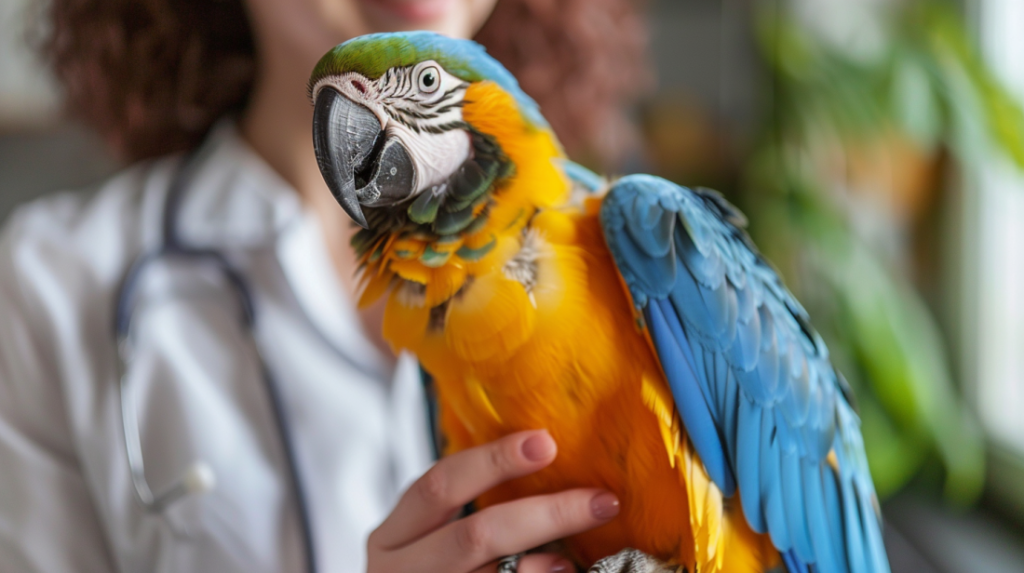
Health Considerations and When to Seek Professional Help
Sometimes persistent biting behavior indicates underlying health issues that require veterinary attention. According to the Association of Avian Veterinarians, sudden behavioral changes in birds should always be evaluated by an avian-certified veterinarian.
Red Flag Symptoms
Watch for these warning signs that may indicate health-related causes for increased biting:
- Sudden onset of aggressive behavior in previously gentle birds
- Changes in appetite or eating habits
- Lethargy or decreased activity levels
- Changes in vocalization patterns
- Visible signs of discomfort when perching or moving
- Plucking or over-preening behaviors
- Changes in droppings consistency or color
Nutritional Factors Affecting Behavior
Poor nutrition can significantly impact bird behavior and increase aggression. A study published in the Journal of Avian Medicine and Surgery found that birds on all-seed diets showed 60% more aggressive behaviors compared to those on balanced pelleted diets supplemented with fresh foods.
Optimal Nutrition Guidelines:
- 70-80% high-quality pellets
- 15-20% fresh vegetables and fruits
- 5-10% healthy seeds and nuts as treats
- Fresh water available at all times
- Avoid chocolate, avocado, caffeine, and other toxic foods
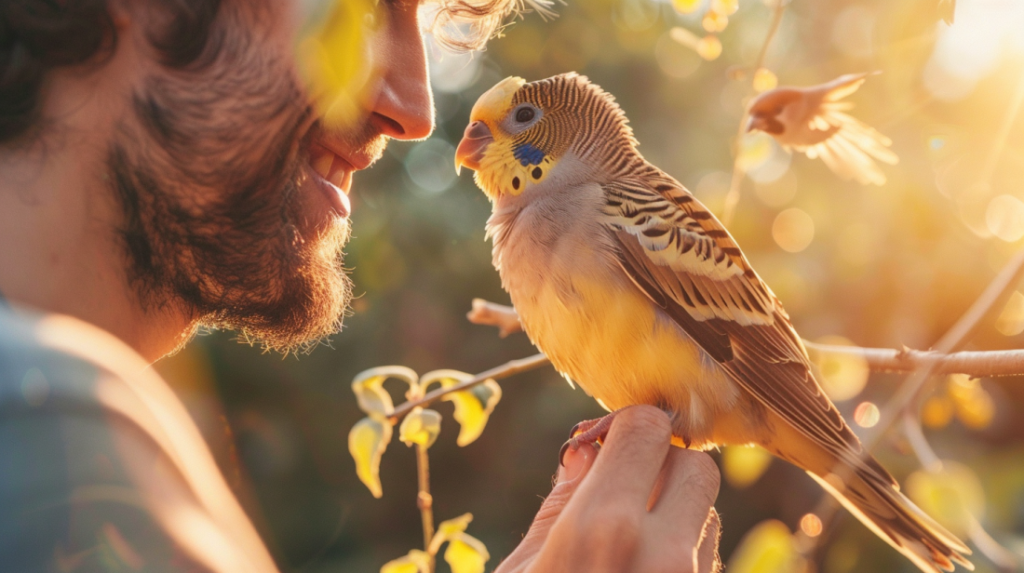
Building Long-Term Success: Maintenance and Consistency
Successfully addressing bird biting behavior requires long-term commitment and consistency. Even after implementing these techniques and seeing improvement, maintaining positive behaviors requires ongoing effort.
Daily Routine Checklist
Create a daily routine that supports positive behavior:
Morning Routine:
- Gentle greeting and visual check for health issues
- Fresh food and water provision
- Brief positive interaction or training session (5-10 minutes)
Afternoon Activities:
- Enrichment activity or toy rotation
- Social interaction time outside the cage (if appropriate)
- Target practice or step-up training
Evening Wind-Down:
- Calm interaction time
- Preparation for consistent sleep schedule
- Positive reinforcement for good behavior throughout the day
Tracking Progress and Adjusting Techniques
Keep a simple behavior log to track your bird’s progress and identify patterns:
| Date | Trigger Situation | Bird’s Response | Training Technique Used | Outcome | Notes |
| 5/1 | Step-up request | Attempted bite | Redirection to target | Success | Calmer after target training |
| 5/2 | Cage cleaning | Calm acceptance | Environmental prep | Success | Pre-warned with verbal cues |
| 5/3 | New visitor | Defensive posture | Ladder method Rung 2 | Partial | Needed more distance initially |
This tracking helps you identify what works best for your specific bird and adjust your approach accordingly.
Building a Support Network
Connect with other bird owners and professionals who can provide ongoing support and advice:
- Local bird clubs and societies
- Online communities focused on positive bird training
- Avian veterinarians and certified bird behaviorists
- Bird training workshops and seminars
For more expert pet care tips and product recommendations, visit BlithePet.com — your trusted source for pet wellness.
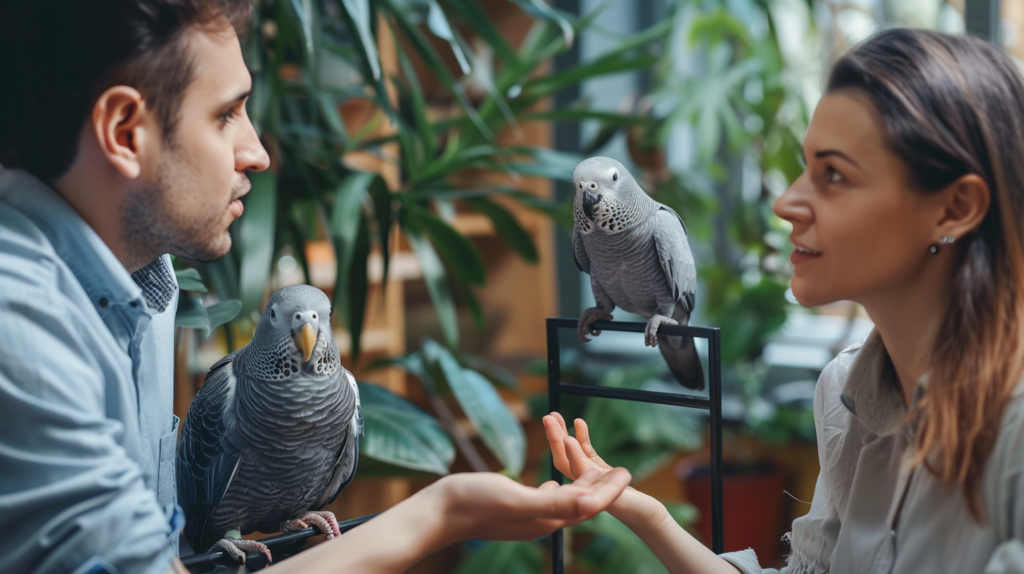
Frequently Asked Questions About How to Stop Bird Biting
How long does it take to stop bird biting behavior?
The timeline for stopping bird biting varies significantly depending on the bird’s species, age, history, and the consistency of training efforts. Most birds show noticeable improvement within 2-4 weeks of consistent positive reinforcement training. However, birds with deeply ingrained biting habits or those with traumatic backgrounds may require 2-3 months or longer to show significant behavioral changes. The key is patience and consistency – rushing the process often leads to setbacks.
Can older birds learn to stop biting, or is it too late?
It’s never too late to modify bird behavior, regardless of age. While younger birds may adapt to new training more quickly, older birds are fully capable of learning new behaviors when approached with patience and appropriate techniques. Senior birds often benefit from gentler, slower-paced training sessions and may require more time to build trust, but they can absolutely learn to reduce biting behavior. In fact, many rescued adult birds successfully overcome biting habits with dedicated training.
What should I do immediately when my bird bites me?
When your bird bites, avoid dramatic reactions like yelling, jerking your hand away quickly, or punishing the bird, as these responses can reinforce the biting behavior or increase fear. Instead, remain calm and still if possible, gently remove your hand without sudden movements, and calmly say “no bite” in a neutral tone. Give your bird a brief “time out” by stepping away for a few minutes, then resume normal interaction once both you and your bird have calmed down. Never hit or punish your bird, as this will damage trust and likely worsen the behavior.
Is it normal for birds to bite during hormonal seasons?
Yes, increased biting during breeding season (typically spring and early summer) is completely normal behavior for many bird species. Hormonal fluctuations can make birds more territorial, protective, and prone to biting. During these periods, adjust your expectations and interactions accordingly. Reduce physical contact, avoid petting in areas that might trigger hormonal responses (back, under wings, near vent), and maintain consistent routines while being extra patient. This behavior typically subsides as hormone levels normalize.
Should I use gloves when training a bird that bites frequently?
Using gloves during bird training is generally not recommended for long-term behavioral modification. While gloves might protect you from bites initially, they can create additional fear and mistrust in birds, as the gloves change your appearance and scent. Birds may also become more aggressive toward bare hands if they’re only accustomed to gloved interactions. Instead, focus on building trust gradually using the techniques outlined in this article, and consider using a wooden perch or stick for step-up training until your bird becomes more comfortable with direct hand contact.
Can multiple birds in the same household influence biting behavior?
Absolutely. Birds are highly social creatures that learn from observing other birds. If one bird in your household has biting issues, others may copy this behavior, especially if they perceive it as an effective way to communicate or get attention. Conversely, well-behaved birds can serve as positive role models. When training multiple birds, work with them individually to avoid competition and ensure each bird receives focused attention. Address biting behavior in all birds simultaneously using consistent techniques to prevent the spread of aggressive behaviors throughout your flock.
Conclusion
Learning how to stop bird biting requires patience, understanding, and commitment to positive training methods. The three gentle tricks outlined in this article – the step-up redirection technique, environmental management and enrichment, and the ladder method for trust building – provide a comprehensive foundation for addressing biting behavior in birds of all species and ages.
Remember that biting is a natural form of communication for birds, and with proper training and environmental modifications, you can redirect this behavior into positive interactions. The key to success lies in consistency, patience, and understanding your individual bird’s unique personality and needs. By implementing these science-based techniques and maintaining a long-term perspective, you can build a stronger, more trusting relationship with your feathered companion.
Most importantly, never lose sight of the fact that behavioral change takes time. Every small step forward is progress worth celebrating, and setbacks are a normal part of the training process. With dedication and the right approach, you can transform your bird’s biting behavior and enjoy many years of positive interactions together.
Have a similar experience with your pet? Share it in the comments below!







